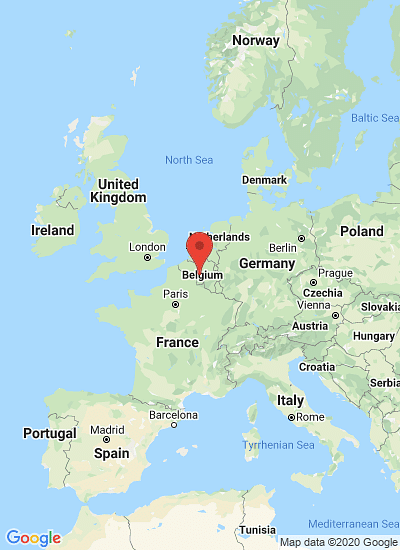Reducing acrylamide content of foods while safeguarding other quality and taste aspects, still remains a challenge for industry, according to a new review of the science supporting reduction techniques entitled "Acrylamide formation in fried potato products – Present and Future, a critical review on mitigation strategies."
From an agronomical point of view, substantial improvements can still be made in reducing acrylamide formation in potato products by developing varieties which are resistant to low temperature sweetening and with lower asparagine contents, however legal constraints and public acceptability mean it is not currently possible to use genetic techniques to engineer products within the European Union.
In addition, whilst some may have shown promise in lab research, none of the acrylamide mitigating agents studied on the lab scale are readably implementable for industrial processing currently.
“All potential strategies to prevent acrylamide formation may be resumed in two major approaches, removal of the acrylamide precursors or interferance with the Maillard reaction,” explained the reviewers, led by Professor Bruno De Meulenaer from Ghent University, Belgium.
“Since the Maillard reaction is essential for the desired and characteristic flavour and colour formation of potato products, this constitutes the first challenge for food scientists on how to reduce acrylamide formation without affecting final product specifications and quality,” they explained.
The scientists noted that much of the research performed to date “demonstrates the necessity of a farm-to-fork approach in order to reduce acrylamide,” and note that recommendations given by the Joint FAO/WHO Committee “highlight the need of further efforts on developing and implementing mitigation methods for acrylamide in foods of major importance for dietary exposure.”
Major challenges remain in acrylamide reduction

Like to receive news like this by email? Join and Subscribe!
Get the latest potato industry news straight to your WhatsApp. Join the PotatoPro WhatsApp Community!
Highlighted Company
Sponsored Content
Sponsored Content
Sponsored Content
Sponsored Content






